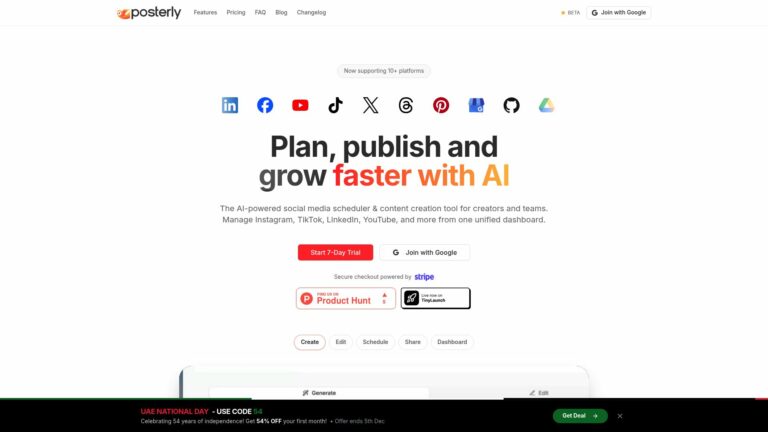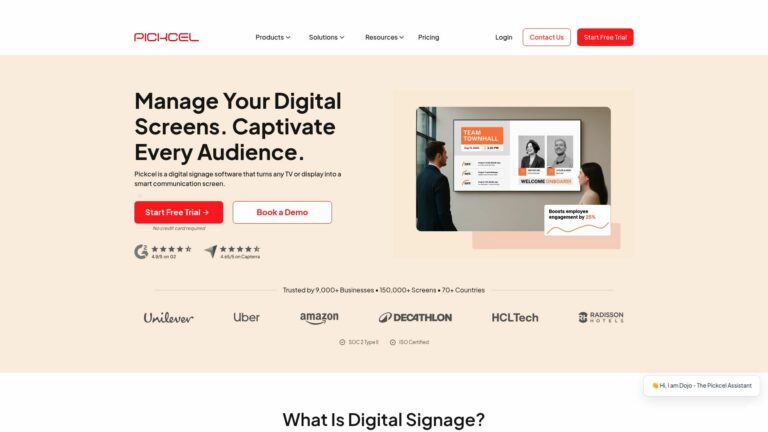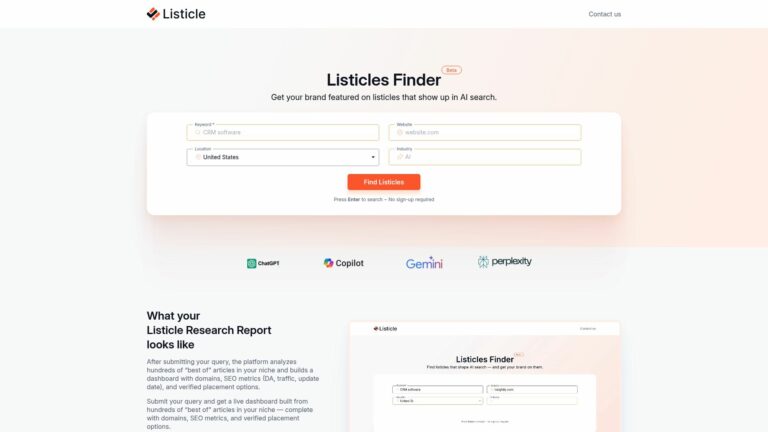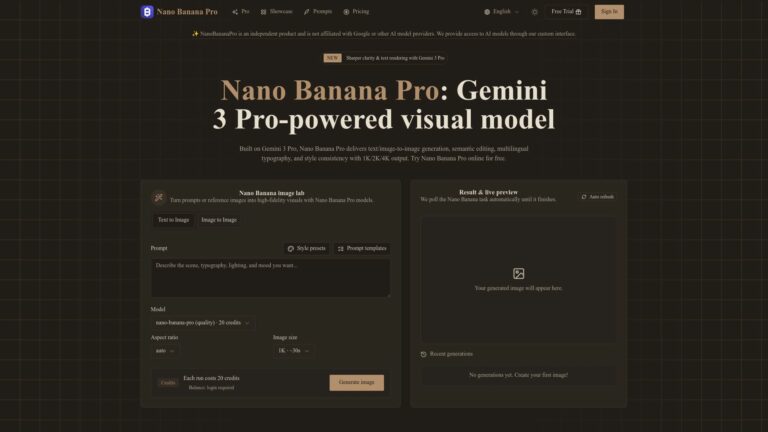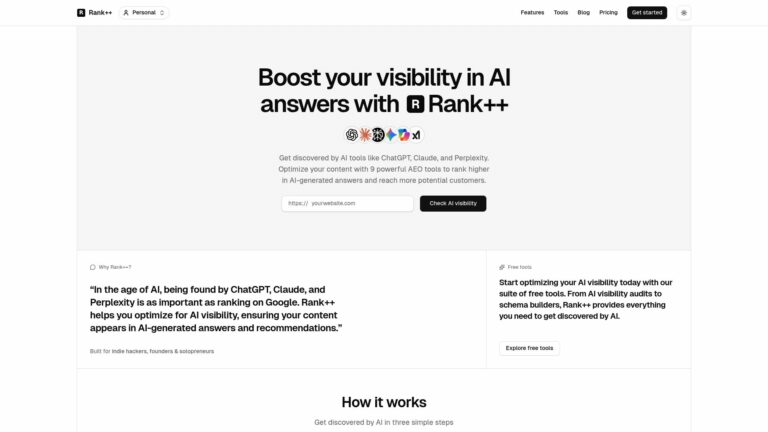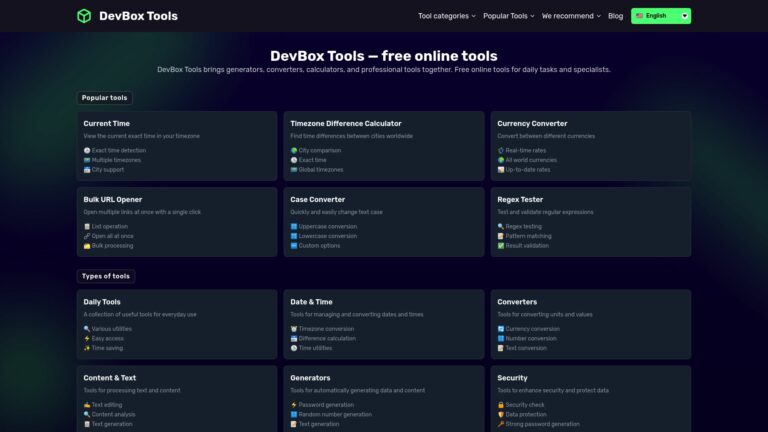Pustakh - Mini Reads, Massive Impact
Pitch your Startup
Posterly - Plan, publish and grow faster with AI
Pickcel - digital signage
Listicle.com - Get your Brand Featured in Listicles that LLMs read.
Nano Banana Pro - Nano Banana Pro is an advanced AI image generation and editing platform powered...
Rank++ - Boost your visibility in AI-generated answers. Get discovered by ChatGPT, Claude, Perplexity, and more.
DevBox Tools - DevBox Tools offers free online converters, time tools, generators, and data utilities designed to...
Pretty interesting, these guys provide a documented way to scale hosted WordPress using Amazon AWS and unlike most of...

